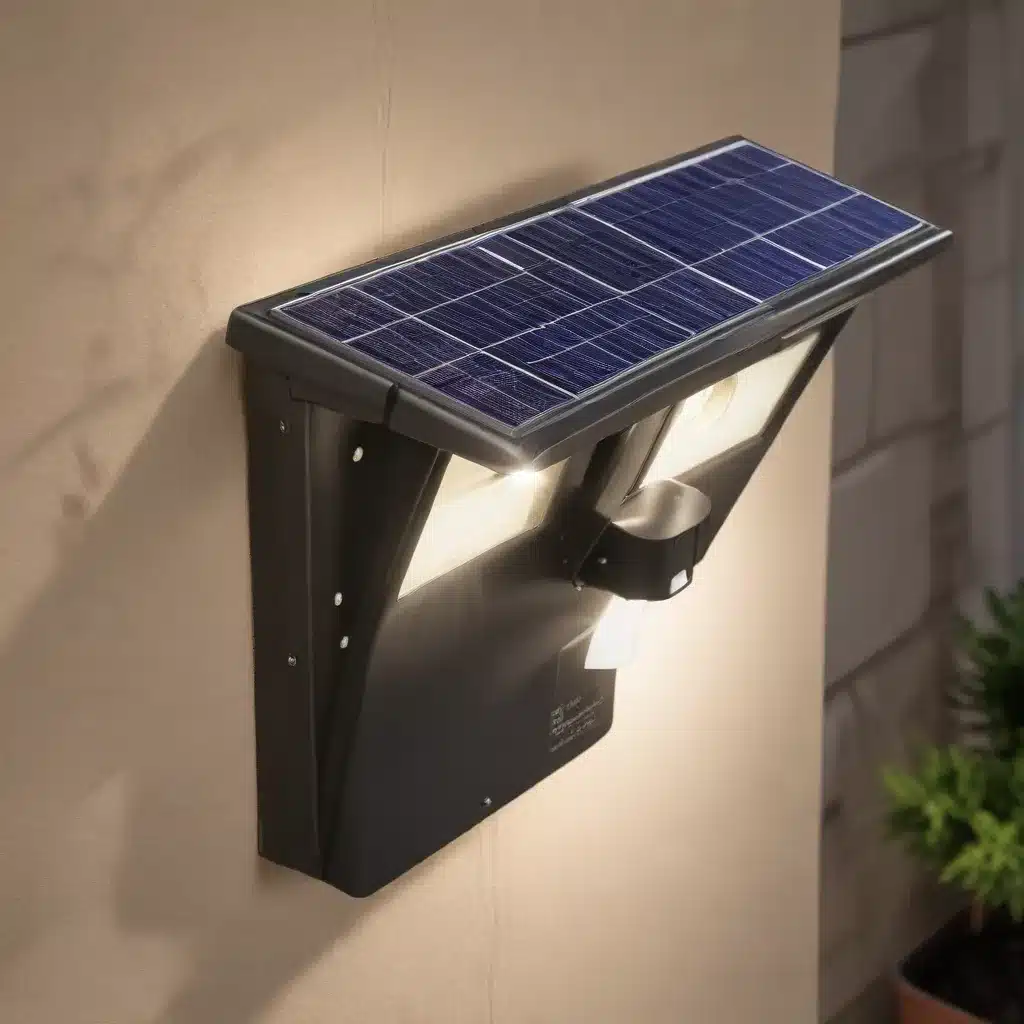
The Importance of Reliable Backup Power
In today’s world, where we rely heavily on electricity for our daily lives, the need for reliable backup power has never been more critical. Power outages can occur for a variety of reasons, from severe weather events to equipment failures, and they can have a significant impact on our lives, particularly for schools and their communities.
At Stanley Park High School, we understand the importance of being prepared for emergencies and disruptions to our power supply. That’s why we’re excited to explore the potential of solar-powered emergency lighting and backup power systems, which can help us weather any storm and ensure the safety and comfort of our students, staff, and families.
Understanding Solar-Powered Emergency Lighting
Solar-powered emergency lighting systems are an innovative and eco-friendly solution to traditional backup power sources. These systems harness the power of the sun to charge batteries, which can then be used to power LED lights and other essential equipment during power outages.
One such system that has caught our attention is the BioLite SolarHome 620+. This comprehensive off-grid energy solution includes a solar panel, a control box with a built-in battery, and a set of three hanging lights that can be easily installed in multiple rooms or areas. The control box also features an FM radio and the ability to charge USB devices, making it a versatile and practical option for emergency preparedness.
What makes the BioLite SolarHome 620+ so compelling is its user-friendly design and the fact that it can provide daily lighting and charging for individuals and communities in need of reliable off-grid energy. By harnessing the power of the sun, this system can help us reduce our reliance on traditional power sources and ensure that our school community has access to essential lighting and charging during power outages.
Exploring Whole-House Backup Power with Solar Batteries
While solar-powered emergency lighting is an excellent starting point, some members of our school community may be interested in exploring more comprehensive solar-powered backup power solutions for their homes. This could include the use of solar panels and battery storage systems to power the entire household during an extended power outage.
As we’ve discovered through our research, the feasibility of running an entire house on solar batteries can be a bit of a mixed bag. On one hand, companies like Tesla suggest that it’s possible to power a whole house for several days using their battery packs. However, some local installers have expressed skepticism about the ability of solar batteries to fully power a home during an extended outage.
The key factors to consider when exploring whole-house solar backup power include the size of the home, the household’s energy consumption, and the specific solar and battery equipment being used. It’s important to work closely with a reputable solar installer to determine the most suitable and cost-effective solution for your home.
While a whole-house solar backup system may not be the best fit for everyone, it’s worth exploring if you’re interested in having a more robust and sustainable source of emergency power. As the technology continues to evolve, we may see more and more homeowners turning to solar batteries as a reliable and eco-friendly alternative to traditional generators.
Ensuring Safety and Compliance
When it comes to emergency lighting and backup power systems, safety and compliance with industry standards are of the utmost importance. At Stanley Park High School, we are committed to ensuring that any solar-powered solutions we implement meet or exceed all relevant safety and regulatory requirements.
The International Municipal Signal Association (IMSA) and Underwriters Laboratories (UL) are two of the leading organizations that set standards and guidelines for emergency lighting and backup power systems. By working with manufacturers and installers who adhere to these standards, we can be confident that our solar-powered solutions will provide the necessary level of safety and reliability.
Additionally, the National Fire Protection Association (NFPA) is a global organization that develops and maintains codes and standards related to fire and electrical safety. As we explore solar-powered backup power options, we will ensure that any systems we implement comply with the relevant NFPA standards, further reinforcing our commitment to the safety and well-being of our school community.
Empowering Our Community
At Stanley Park High School, we believe that by embracing innovative and sustainable solutions like solar-powered emergency lighting and backup power systems, we can not only improve our own resilience but also set an example for our wider community.
By sharing our experiences and insights on the school’s website, we hope to inspire other schools, households, and organizations to explore the benefits of solar-powered backup power. As more people and institutions adopt these technologies, we can collectively work towards a future where power outages are no longer a cause for concern, but rather an opportunity to showcase our resilience and commitment to sustainability.
Conclusion
As we continue to navigate the ever-changing landscape of energy and emergency preparedness, Stanley Park High School is excited to explore the potential of solar-powered emergency lighting and backup power systems. By investing in these innovative solutions, we can ensure the safety and comfort of our school community, reduce our environmental impact, and lead by example in our quest for a more sustainable and resilient future.
We encourage our students, parents, and the wider community to stay informed and engaged as we continue to explore and implement these cutting-edge technologies. Together, we can light the way forward and ensure that our school and our homes are prepared for whatever challenges may come our way.

